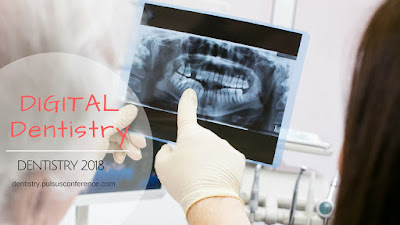DENTAL RADIOGRAPHY- A Short Note

Radio graphs (X-rays) are necessary for the evaluation and diagnosis of many oral conditions and diseases. Dentists use radiographs for many reasons: to find hidden dental structures, malignant or benign masses, bone loss, and cavities. They are diagnostic, but they can also be preventative, by helping a dentist diagnose potential oral care issues in a patient’s mouth before they become a major problem. An x-ray is a type of energy that passes through soft tissues and is absorbed by dense tissue. Teeth and bone are very dense, so they absorb X-rays, while X-rays pass more easily through gums and cheeks.X-rays are divided into two main categories, intraoral and extraoral. Intraoral is an X-ray that is taken inside the mouth. An extraoral X-ray is taken outside of the mouth. Intraoral X-rays are the most common type of radiograph taken in dentistry. The benefits of X-rays are well known: They help dentists diagnose common problems, such as cavities, gum dise...
